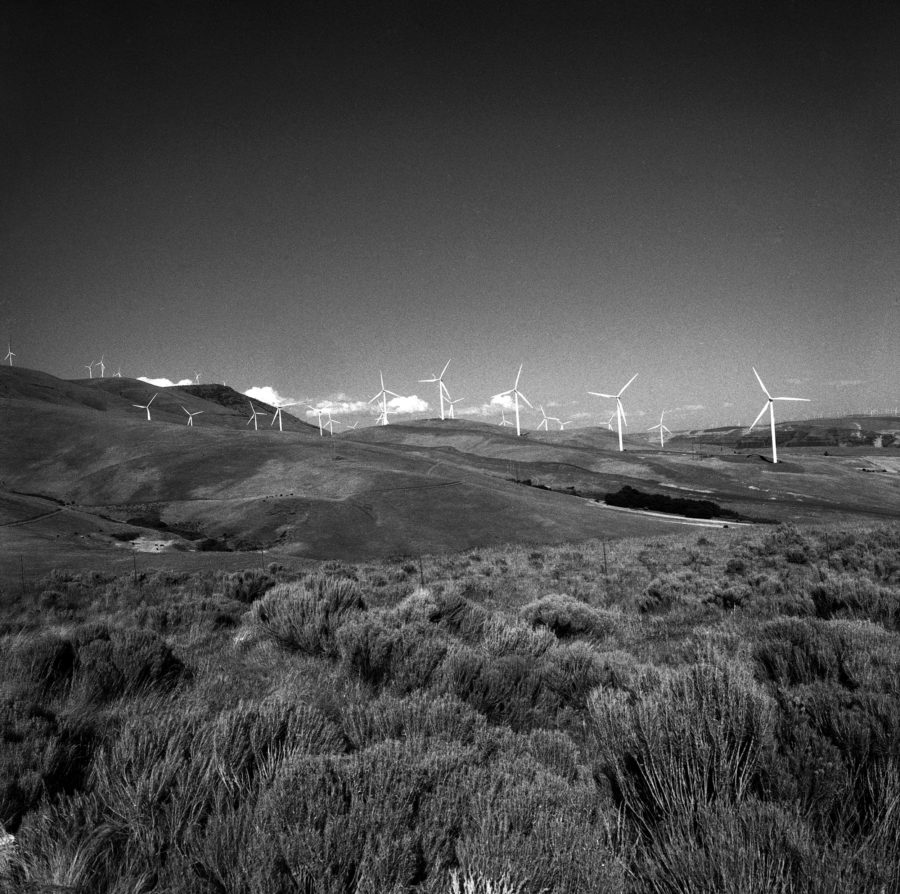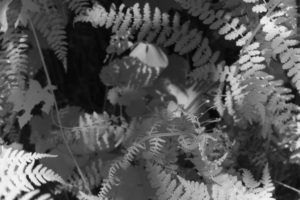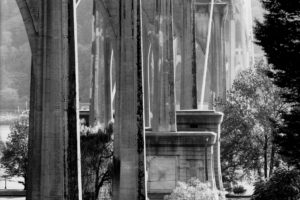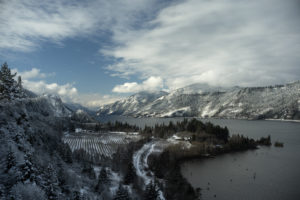What in the Sam Hill is going on at Maryhill?
Maryhill, Washington, sits on the northern banks of the Columbia River, and is the eastern boarder of the Columbia Gorge on the Washington side. Named after Sam Hill’s wife, it is notable for its dry, rolling hills, the Maryhill Museum and Maryhill Winery, and a Stonehenge replica perched on a bluff overlooking the Gorge.
Sam Hill was a bit of an oddity. He was a wealthy businessman who understood that if people could go places more easily, they could buy more things from him. These days, it’s all about who can pay the least taxes while the infrastructure crumbles, but there was a time when we did great things. Sam Hill did a number great things, and we still can drive on parts of them to this day. He built roads to be things of beauty.
One of his roads that I find immensely intriguing, is the Maryhill Loops Road. I have never been on it, I have only seen it, and photographed it. In the picture above, you can see bits of it in the lower left and bottom right. The road was built by, you guessed it, Sam Hill. It was he who built the Historic Columbia River Highway in Oregon, and also a short, little known section of road on the Washington side near Lyle, called the “Lyle Convict Road.” It was named such because it was built by convict labor, but was never completed. You can see it from SR 14 east of Lyle if you look up.
The Maryhill Loops Road is reported to be the first paved road in Washington. Sam Hill used seven different paving techniques to complete it, assumably to finally get it right.
It snakes up from near the Columbia River from SR 14 just past the eastern edge of the Scenic Area. It does what Sam Hill is famous for: Gracefully ascending a steep hill in a series of figure eights, keeping the grade at 5% or below. In the Twenty-First Century, we usually have the horsepower to go up whatever hill is in front of us, provided it’s below 12%, or so. Back in the wee hours of the Twentieth Century, though, the Model T was king, and horse carriages still held sway over most rural roads. The passenger cars of the day accelerated slowly, and did not have power brakes. Gently sloping roads were a must. A better view of the road is in the picture below.

Other things Maryhill:
I do no generally take pictures of businesses like the museum and the winery, but I do take pictures from their premises.

The end of this field is a drop of several hundred feet.
I like to take pictures when the light is interesting. It can be interesting at odd times and places. The next picture was taken near Maryhill Loops Road. A short segment of road splits off at a turn just before the Loops Road is gated off, and dead ends here (picture below).

And, lest we forget, the Stonehenge replica is also at Maryhill. I took the picture below with a Lensbaby Velvet 56. It creates interesting soft-focus effects.

But, I like the view from the replica better.

Maryhill is a lot farther from my house than it used to be, since I moved back to the Portland area last July, but I still intend to go when I can.
The Maryhill Winery serves really good pizza. Think about it. make the trip if you can.
Technical Data:
Featured Image: A Line of Windmills, Maryhill, Washington
Camera: Hasselblad 500CM.
Lens: 50mm Carl lZeiss.
Film: Ilford HP5+ developed in Kodak Divided D-23
Windmills, Maryhill, Washington
(4 imaged stitched together in Photoshop)
Camera: Nikon D810
Lens: Vintage 50mm Nikkor
Maryhill Loops Road, Washington
Camera: Nikon D810
Lens: Vintage 50mm Nikkor
Maryhill Vineyard from the Back Deck of the Winery
Camera: Nikon D810
Lens: 24-85mm NIkon
Dead End, Maryhill, Washington
Camera: Hasselblad 500Cm
Lens: 80mm Carl Zeiss.
Film: Ilford HP5+ developed in Ilford Ilfotec HC.
Stonehenge Replica, Maryhill, Washington
Camera: Nikon D810
Lens: Lensbaby Velvet 56
Columbia Gorge from Maryhill
Camera: Nikon D810
Lens: 28-105mm Nikon-D





